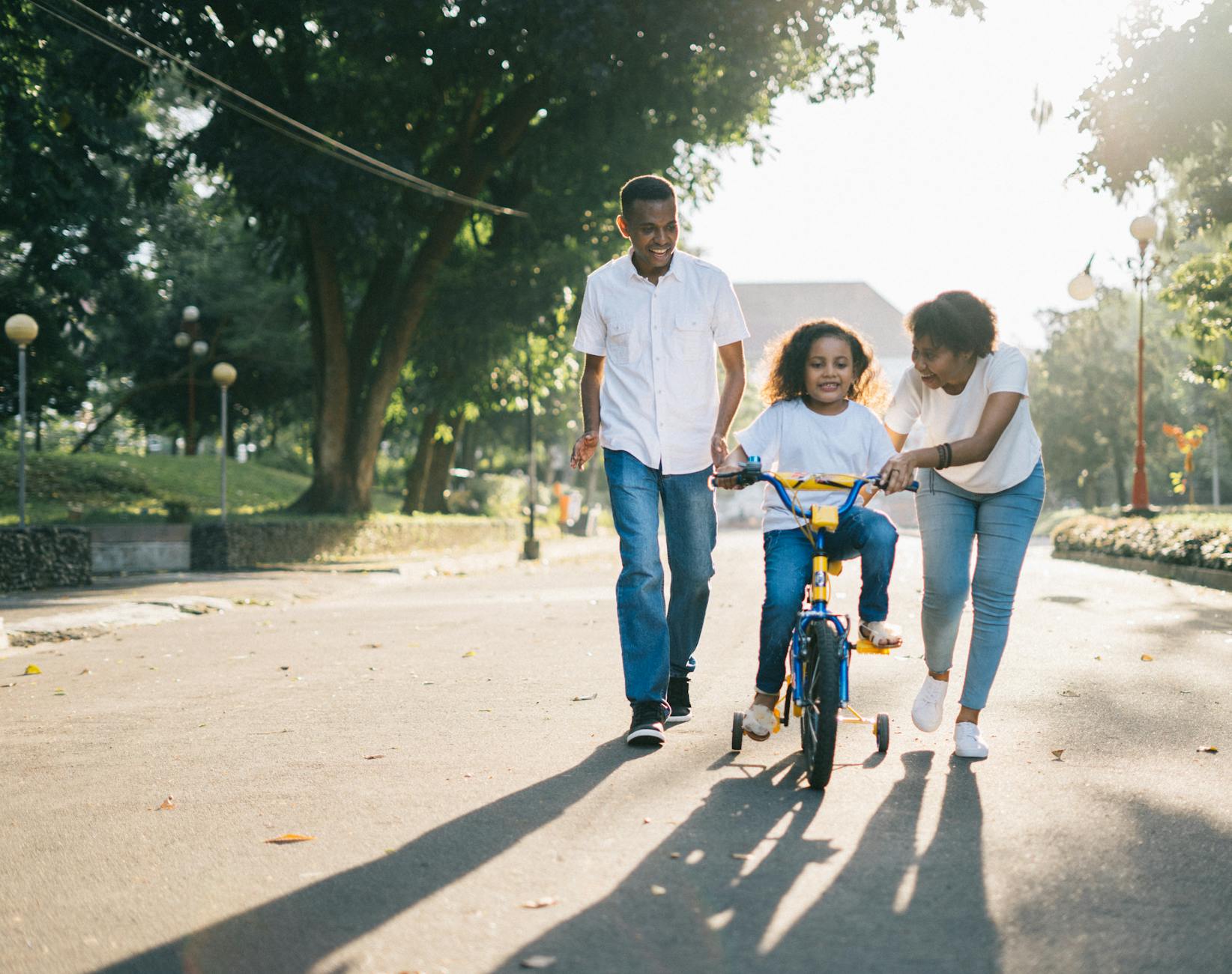Discover how to navigate the world of kids’ bikes with our essential guide for parents. Size matters more than you think!
Table of Contents
Size Matters: A Parent’s Guide to Choosing the Right Bike for Kids
When it comes to purchasing a bike for your child, getting the right size is crucial for their safety and enjoyment. In this guide, we will walk you through the process of selecting the appropriate bike size for your little one, as well as provide essential safety tips for cycling with kids. Additionally, we will explore some of the best balance bikes available for 2-year-olds, ensuring that your child has a smooth and enjoyable riding experience.
Understanding Bike Sizing for Kids
Before you purchase a bike for your child, it’s important to understand how to determine the correct size. The most common way to measure a child for a bike is by their inseam and arm length.
Start by measuring your child’s inseam, which is the distance from the crotch to the floor. This measurement will help you determine the minimum seat height required for a comfortable and safe ride. Additionally, consider your child’s arm length when choosing a bike size, as they should be able to reach the handlebars comfortably without overextending.
Once you have these measurements, you can adjust the seat and handlebars of the bike to ensure a proper fit. The seat should be adjusted so that your child’s feet can touch the ground when sitting on the saddle, and the handlebars should be positioned at a height that allows for easy steering and control.
Safety Tips for Cycling with Kids
When cycling with kids, safety should always be the top priority. One of the most important safety measures is ensuring that your child wears a helmet at all times while riding a bike. Make sure the helmet fits properly and is securely fastened to provide maximum protection.
In addition to helmets, it’s essential to teach children about basic bike safety rules and signaling techniques. Teach them to always ride on the right side of the road, obey traffic signals, and use hand signals to communicate with other cyclists and drivers.
Choosing safe routes for cycling is another crucial safety tip. Look for bike paths or quiet streets with minimal traffic to reduce the risk of accidents. Be sure to also practice proper road etiquette, such as using bike lanes when available and yielding to pedestrians.
Best Balance Bikes for 2-Year-Olds
Balance bikes are an excellent way to introduce young children to cycling and help them develop balance and coordination skills. When choosing a balance bike for a 2-year-old, there are several factors to consider, including height, weight, and riding ability.
Some of the best balance bikes for 2-year-olds include models with adjustable seat heights, lightweight frames, and durable tires. Look for bikes that are designed specifically for young children, with features such as low stand-over heights and easy-to-use hand brakes.
Before purchasing a balance bike, be sure to check the manufacturer’s recommended age and weight limits to ensure that the bike is suitable for your child. Remember that safety should always come first, so choose a bike that is appropriate for your child’s size and skill level.
Maintenance and Care for Kids’ Bikes
Once you have chosen the right bike for your child, it’s important to properly maintain and care for it to ensure its safety and longevity. Regular maintenance checks can help prevent accidents and extend the life of the bike.
Check your child’s bike regularly for loose bolts, worn tires, and other signs of wear and tear. Make sure that the tires are properly inflated and the brakes are functioning correctly. Clean the bike regularly to remove dirt and debris that can affect its performance.
Teach your child how to care for their bike, including basic maintenance tasks such as checking tire pressure and lubricating the chain. By instilling good bike maintenance habits early on, you can help your child develop a sense of responsibility and ensure a safe and enjoyable riding experience.
In conclusion, choosing the right bike size for your child is essential for their safety and comfort while cycling. By following these tips and guidelines, you can help your child enjoy the benefits of cycling while staying safe on the road. Remember to prioritize safety, teach your child proper bike etiquette, and invest in a quality balance bike that suits their size and skill level. With the right preparation and care, your child can embark on a lifetime of cycling adventures with confidence and joy.

